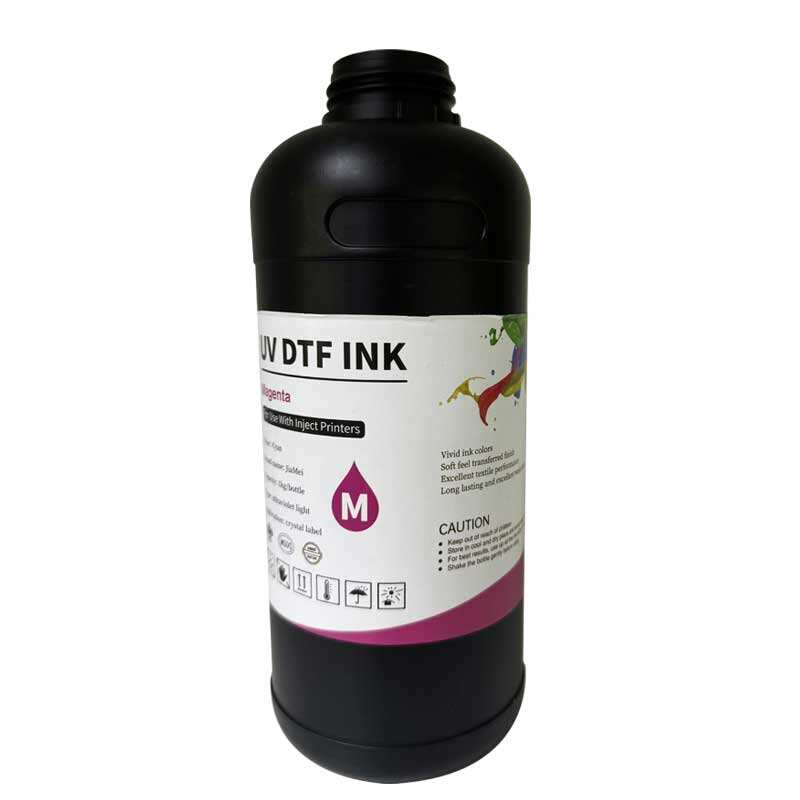screen stretcher for screen printing
A screen stretcher for screen printing is an essential piece of equipment designed to achieve optimal tension in screen printing frames. This precision-engineered device ensures consistent and accurate fabric tensioning across the entire screen surface, which is crucial for producing high-quality prints. The equipment typically features adjustable clamps that grip the mesh material firmly along all sides, allowing for even distribution of tension forces. Modern screen stretchers incorporate pneumatic or mechanical systems that provide precise control over the stretching process, enabling operators to achieve and maintain specific tension levels required for different printing applications. The technology behind screen stretchers has evolved to include digital tension meters and automated stretching sequences, ensuring repeatability and reducing operator error. These machines can accommodate various frame sizes and mesh types, making them versatile tools for both small print shops and large-scale manufacturing facilities. The stretching process is carefully controlled to prevent mesh damage while achieving optimal tension, which is essential for maintaining registration accuracy and print quality. Advanced models often feature preset tension programs for different mesh counts and materials, streamlining the setup process and ensuring consistent results across multiple screens.


